The Best Potting Soil for Growing Peppers in Pots

Growing pepper plants in pots is a great way for you to save space and control the growth and health of your plants. Growing vegetables in pots is more than just planting them and forgetting them. The right kind of soil makes growing healthy, fruitful, productive plants possible.
Good soil is essential for growing vegetables for several reasons. It provides the plants with the nutrients they need to grow, it helps to anchor the plants in place, and it helps to regulate the temperature and moisture levels around the roots. Let’s learn about how to choose the best soil for peppers grown in pots
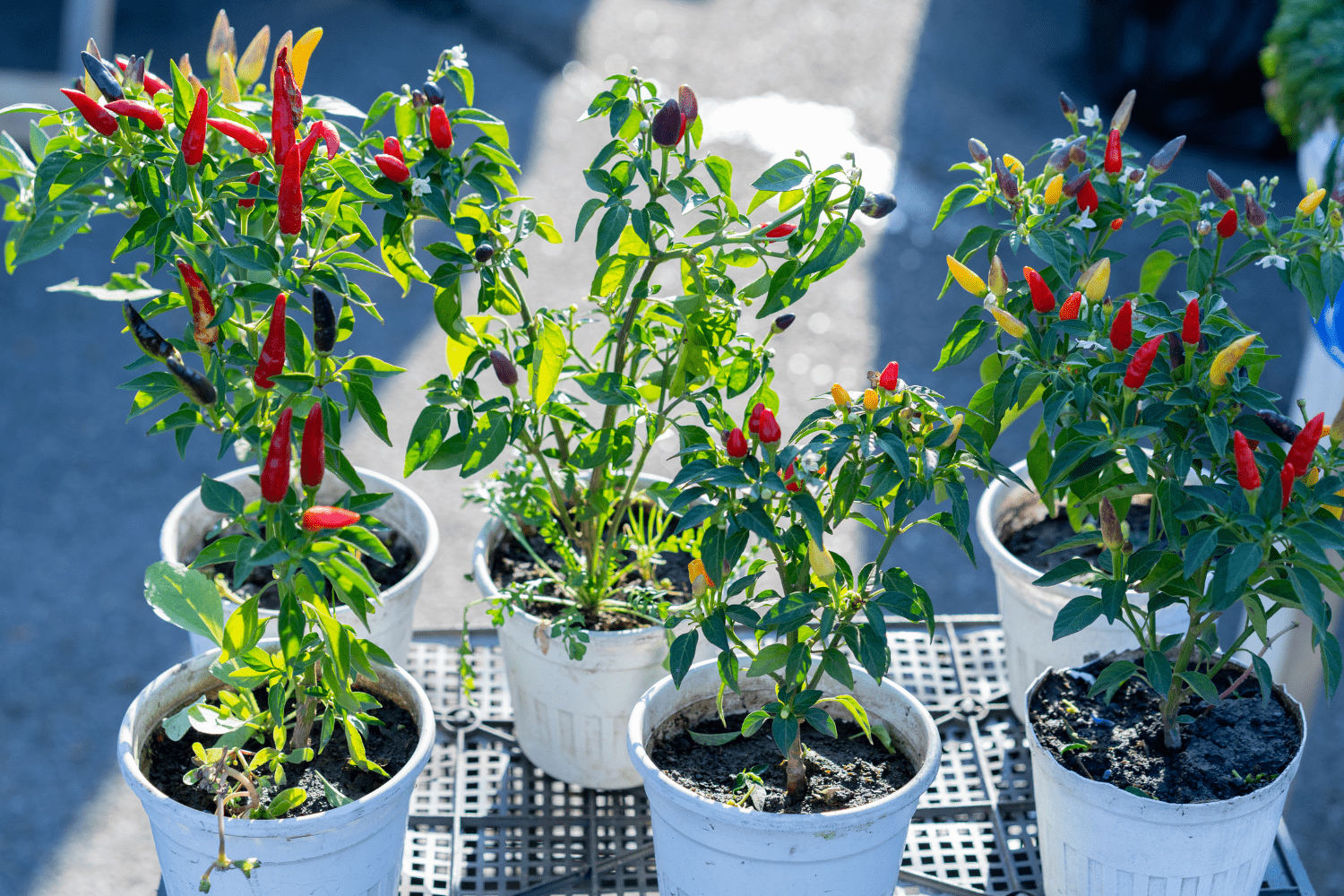
Why is good soil important?
First and foremost do not use garden soil from the ground for your potted plants. It’s typically too heavy for potted plants. When growing in containers you want a well-draining soil mix.
Nutrient supply
Your Soil is the primary source of nutrients for your plants. The soil is what holds the nutrients for the plants. The roots of plants absorb the water and nutrients in the soil, which they use to grow and produce food. Good soil is rich in organic matter. Organic matter is made up of decomposed plant and animal matter. This organic matter releases nutrients into the soil as it decays, which provides your plants with the nutrients they need to thrive.
Anchorage
The roots of plants are what anchor the plant in place, preventing them from being blown over by the wind or washed away by rain. Good soil is well-structured and has a lot of pore space, which allows the roots to grow deep into the ground and anchor the plants firmly.
Temperature and moisture regulation
Soil also helps to regulate the temperature and moisture levels around the roots of your plants. In hot weather, soil helps to keep the roots cool, and in cold weather, soil helps to keep the roots warm. Soil also helps to hold moisture, which is essential for plant growth!
Disease suppression
Good soil can help to suppress diseases. The organic matter in the soil can help to promote the growth of beneficial bacteria and fungi, which can help to suppress harmful pathogens.
Water filtration
Good soil can also help to filter water and remove pollutants. The organic matter in the soil can help to bind pollutants and prevent them from reaching the groundwater.
Biodiversity
Healthy soil is home to a vast diversity of microorganisms, including bacteria, fungi, protozoa, and nematodes. These microorganisms play an important role in maintaining the health of the soil.
In conclusion, good soil is essential for growing healthy, productive vegetables. It provides your plants with the nutrients they need to grow, it helps to anchor your plants in place, and it helps to regulate the temperature and moisture levels around the roots.
Great soil also helps to suppress diseases, filter water, and promote biodiversity. If you want the best yields from your plants then invest in high quality soil and compost. Which is why choosing the best soil for peppers in pots is so important.

Why you should grow Peppers in pots
Better portability: Unlike peppers grown in the ground, those grown in containers can be easily moved around your garden to follow the sun or to avoid harsh weather conditions. This can be especially beneficial for peppers that need a lot of sunlight, such as bell peppers.
Reduced weeding: Because peppers grown in containers do not have to compete with other plants for space and nutrients, there is less need to weed. This can save you so much time and effort, and it can also help to prevent the spread of pests and diseases.
Improved soil drainage: Containers allow for better drainage than in-ground gardens, which can help to prevent overwatering and root rot. This is especially important for peppers, which are susceptible to these problems but make sure to keep moist soil throughout the growing season. Having good drainage keeps your plant roots healthy and surrounded by air.
Extended growing season: Peppers grown in containers can be brought indoors at night or during cold spells, which can extend their growing season. This can be especially helpful in areas with short growing seasons.
To learn your gardening zone and why it’s important check out this post.
Versatility: Peppers can be grown in a variety of containers, including pots, planters, and even hanging baskets. This makes them a great option for small space gardeners.
Ease of care: Peppers grown in containers are generally easier to care for than those grown in the ground. This is because they have less competition for resources and are less susceptible to pests and diseases.
Earlier harvest: Peppers grown in containers often mature earlier than those grown in the ground. This is because the container-grown plants have more access to sunlight and nutrients.

How to plant your peppers in pots
Be sure that you don’t plant your peppers outside until the soil temperatures have reached at least 60 degrees Fahrenheit and it is past your last frost date. In most areas, this is between late April and early June.
Choose the Right Pot
Potted Peppers need room for their roots to spread, so choose a pot that is at least 12 inches deep and 12 inches wide. Larger pots are even better, especially if you are growing a large variety of peppers. Make sure the pot has drainage holes in the bottom to prevent waterlogging. By the end of the season your plant will have filled the pot with roots. Maybe even sooner. If you feel the need to repot mid season do so carefully as the plant can suffer transplant shock and slow down.
Select a Suitable Location
Your peppers will need at least 6 hours of full sun per day, so choose a spot that gets plenty of sunlight. A south-facing wall or a spot in the middle of a garden is ideal. Peppers also prefer warm temperatures, so avoid planting them in areas that are shady and cool. If you need to move your plants to direct sunlight having them in pots will make the job much easier!
Fill the Pot with Potting Mix
Fill your pot with a well-draining potting mix.( Recipe Below) Avoid using garden soil, as it can be too heavy and compacted for peppers to thrive in. Look for a potting mix that is specifically formulated for vegetables or mix up your own.
Choose Your Pepper Plants
Whether you want to start your own pepper seeds or grab pepper starts from your local garden center make sure to pick sturdy plants of good quality to grow.
There are many different pepper varieties to choose from, so take some time to decide which ones you want to grow. Some of the most popular varieties for container gardening include:
- Green peppers (bell)
- Chile peppers
- Jalapeno peppers
- Serrano peppers
- Sweet Peppers
- Carolina Reaper ( Super-HOT Peppers)
Planting Peppers
Gently loosen your pepper plants roots before planting them into the pot. Plant the pepper seedlings so that the top of the root ball is just below the surface of the soil.
Water the Plants
Water your pepper plants thoroughly after planting them. Pay attention to the soil moisture Keep the soil moist but not soggy. Peppers will need to be watered more often in hot weather or when the pots are drying out too quickly.
Fertilize the Plants
Fertilize the pepper plants every 2-3 weeks with a balanced fertilizer. You can choose an organic fertilizer like fish emulsion (my favorite) or seaweed extract. Or an organic compost from your homemade compost or bagged compost from a store. If you want you can use a granular fertilizer that you spread on the soil surface. Above all just make sure you feed your plants something. They are hungry!
Provide Support for your Plants
As the pepper plants grow, they may need to be supported. You can do this by staking the plants or tying them to a trellis.
Harvest your Peppers
Your peppers are ready to be harvested when they have reached their desired color and size. Some peppers, such as bell pepper plants, will turn from green to red, yellow, or orange as they ripen. Other peppers, such as chili peppers and jalapeno peppers, will stay green even when they are ripe.
Best soil for peppers in pots
The best soil for growing potted peppers is a well-draining, loamy mix that is rich in organic matter.
Here are some specific recommendations:
- Peat moss or coco coir: These materials are highly absorbent and will help to hold moisture in the soil. However, they can also become compacted over time, so it is important to add some perlite or vermiculite to improve drainage.
- Compost: Compost adds nutrients and organic material to the soil, which will help to improve drainage and aeration. It also helps to suppress weeds and diseases.
- Vermiculite or perlite: These materials help to improve drainage by preventing the soil from becoming compacted. They also help to aerate the soil, which is essential for healthy root growth.
- Sand: Sand can be added to the soil to improve drainage, but it is important not to add too much, as this can make the soil a little too dry.
Soil Mix for Potted Peppers
- 2 parts peat moss or coco coir
- 1 part compost like worm castings, bone meal, etc
- 1 part vermiculite or perlite
- 1 part sand
You can also purchase a pre-mixed potting mix specifically for peppers. These mixes are usually a good option, but be sure to check the label to make sure that they are well-draining and contain enough organic matter.
No matter what type of soil you choose, be sure to water your peppers regularly, especially during hot weather. The soil should be moist but not soggy. You should also fertilize your peppers every few weeks with a balanced fertilizer.

Common Pepper Plant Problems
Pepper plants are susceptible to a number of problems, including pests, diseases, and environmental factors.
Common pepper plant problems:
Pests
- Aphids: Aphids are small, soft-bodied insects that suck the sap out of pepper plants. They can cause the leaves to curl and yellow, and they can also transmit diseases.
- Cutworms: Cutworms are caterpillars that can chew through the stems of young pepper plants. They are most active at night, and they can cause significant damage.
- Spider mites: Spider mites are tiny insects that spin webs on the underside of pepper leaves. They suck the sap out of the leaves, causing them to turn yellow and drop off.
- Thrips: Thrips are small, slender insects that feed on the sap and pollen of pepper plants. They can cause the leaves to become distorted and spotted, and they can also transmit diseases.
Diseases
- Bacterial leaf spot: Bacterial leaf spot is caused by a bacterium that can cause the leaves of pepper plants to develop small, brown spots. The spots can eventually enlarge and merge, causing the leaves to turn yellow and drop off.
- Blossom end rot: Blossom end rot is a physiological disorder that is caused by a calcium deficiency. The blossom end of the pepper fruit will turn black and sunken, and the fruit will be inedible.
- Tobacco Mosaic virus: Mosaic virus is a virus that can cause the leaves of pepper plants to develop a mosaic pattern of yellow and green spots. The virus can also cause the plants to become stunted and produce fewer flowers and fruits.
- Verticillium wilt: Verticillium wilt is a fungal disease that can cause the leaves of pepper plants to wilt and yellow. The disease can also cause the plants to die.
Environmental factors
- Overwatering: Overwatering can cause the roots of pepper plants to rot. This can lead to the plants wilting and yellowing.
- Underwatering: Underwatering can also cause the leaves of pepper plants to wilt and yellow. It can also cause the plants to produce fewer flowers and fruits.
- Sunscald: Sunscald is a condition that can occur when the leaves of pepper plants are exposed to too much sunlight. The leaves will turn white and blister, and they may eventually fall off.
- Nutrient deficiency: Pepper plants need a variety of nutrients to thrive. If the soil is deficient in any of these nutrients, the plants may show signs of nutrient deficiency, such as yellowing leaves, stunted growth, and poor fruit production.
If you are experiencing any of these problems with your pepper plants, there are several things you can do to try to solve them. For pests, you can use insecticidal soap or neem oil. For diseases, you can use fungicides or copper-based sprays. For environmental factors, you can adjust your watering schedule, provide shade, or add nutrients to the soil. Experiment with different things to see if it’ll fix your issue.
Here are some of the best pre-mixed soils for pepper plants in containers:
- Espoma Organic Tomato, Vegetable & Herb Planting Mix: This mix is made with a blend of organic ingredients, including peat moss, coco coir, composted manure, and perlite. It is well-draining and contains the nutrients that pepper plants need to thrive.
- Miracle-Gro Raised Bed & Vegetable Garden Soil Mix: This mix is also made with a blend of organic ingredients, including peat moss, composted manure, and bark fines. It is well-draining and contains the nutrients that pepper plants need to thrive.
- FoxFarm Happy Frog Potting Soil: This mix is made with a blend of organic ingredients, including peat moss, coco coir, composted manure, and forest humus. It is well-draining and contains the nutrients that pepper plants need to thrive.
- Dr. Earth Organic Tomato, Vegetable, & Herb Potting Mix: This mix is made with a blend of organic ingredients, including peat moss, coco coir, composted manure, and worm castings. It is well-draining and contains the nutrients that pepper plants need to thrive.
- Burpee Organic Tomato, Vegetable & Herb Potting Mix: This mix is made with a blend of organic ingredients, including peat moss, coco coir, composted manure, and perlite. It is well-draining and contains the nutrients that pepper plants need to thrive.
- Sun Gro Horticulture Black Gold Premium Potting Mix: This mix is made with a blend of organic ingredients, including peat moss, coco coir, composted manure, and perlite. It is well-draining and contains the nutrients that pepper plants need to thrive.
These are just a few of the many pre-mixed soils available for pepper plants grown in containers. When choosing a soil, be sure to read the label carefully to make sure that it is well-draining and contains the nutrients that pepper plants need to thrive.
Now that we know all about choosing the best soil for pepper plants you are ready to grow big beautiful, productive plants for your garden!
Happy Gardening



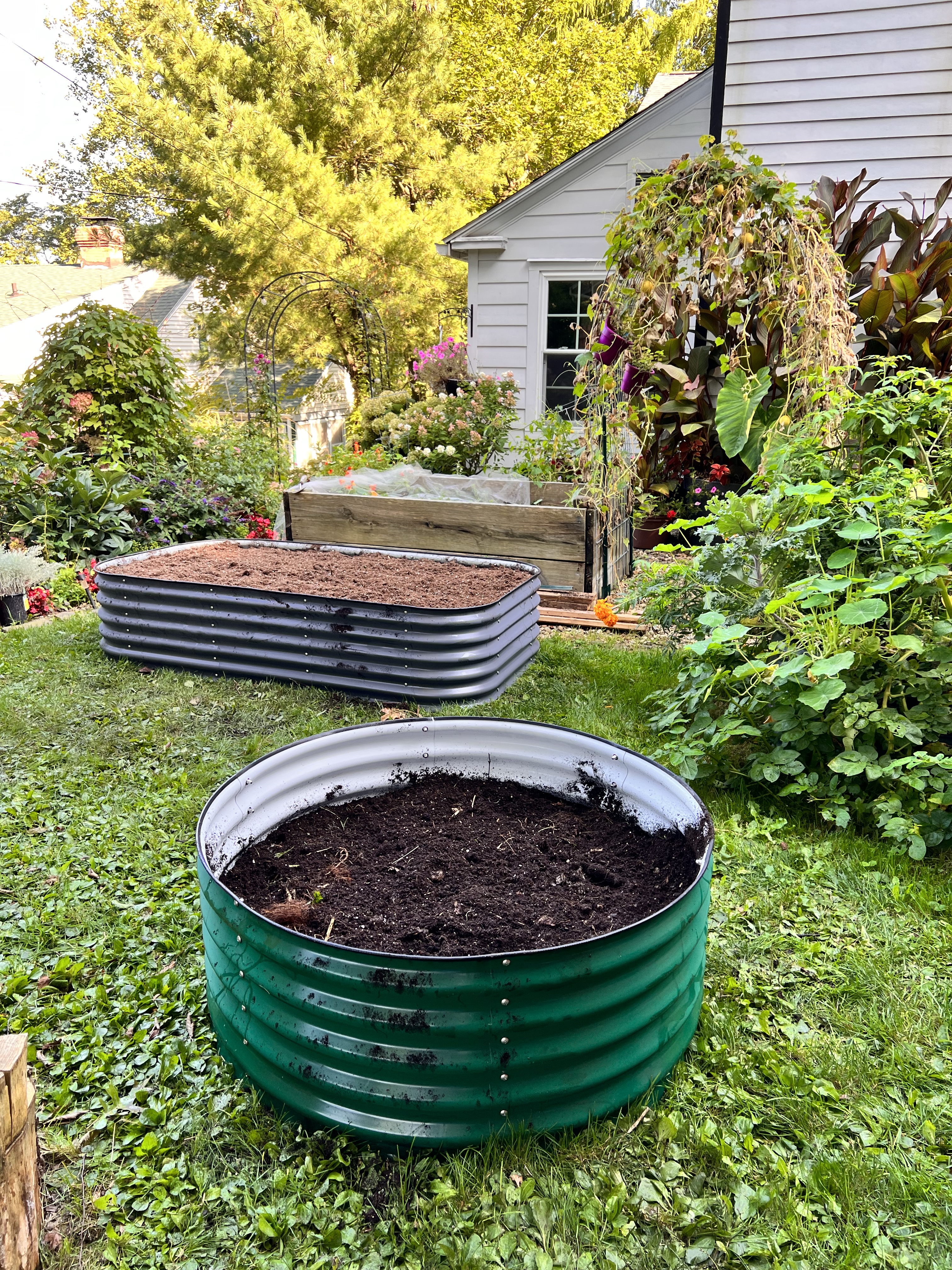

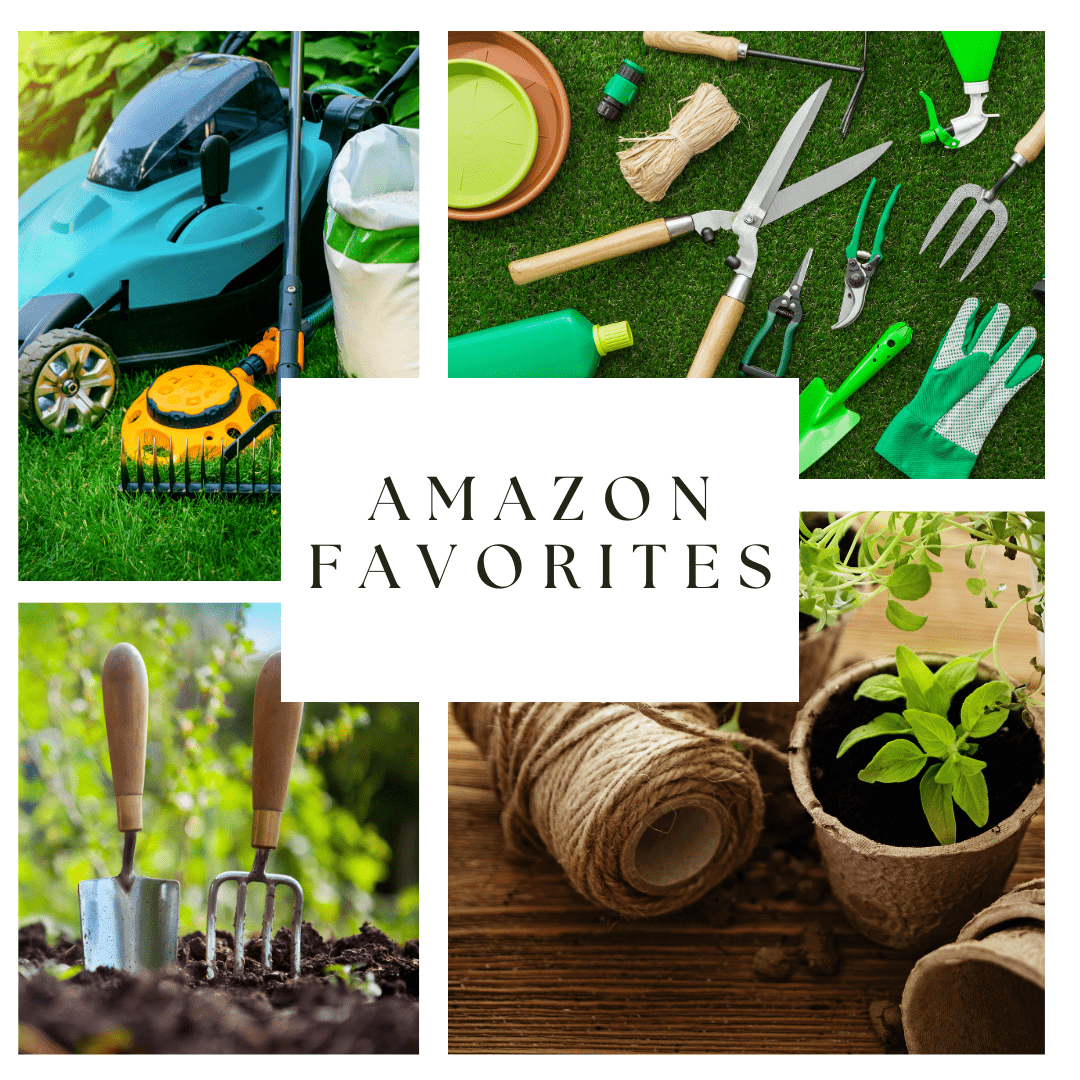


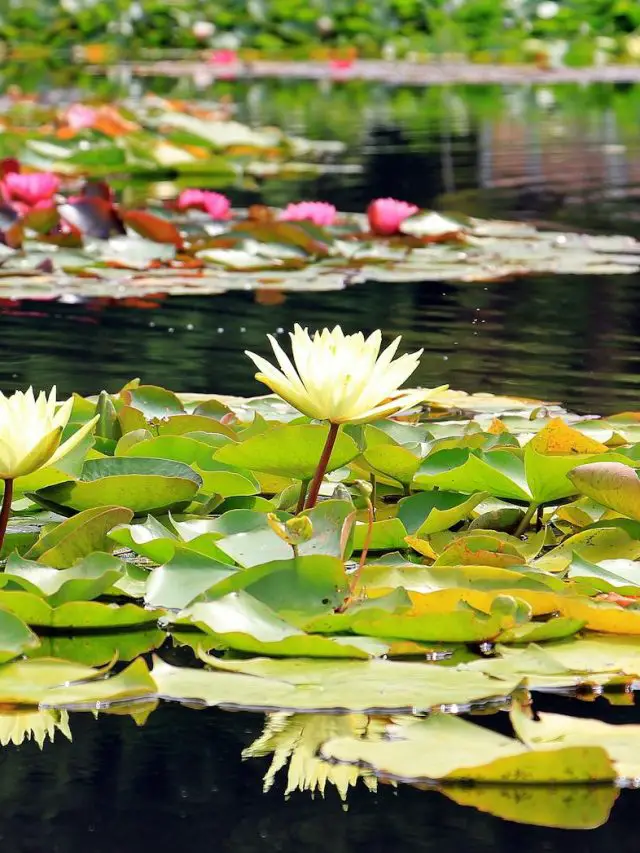
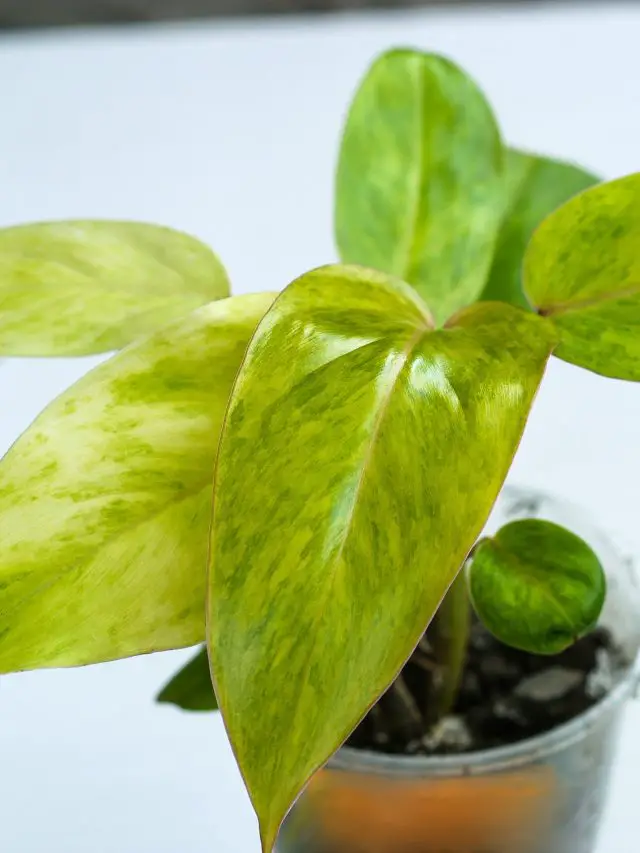
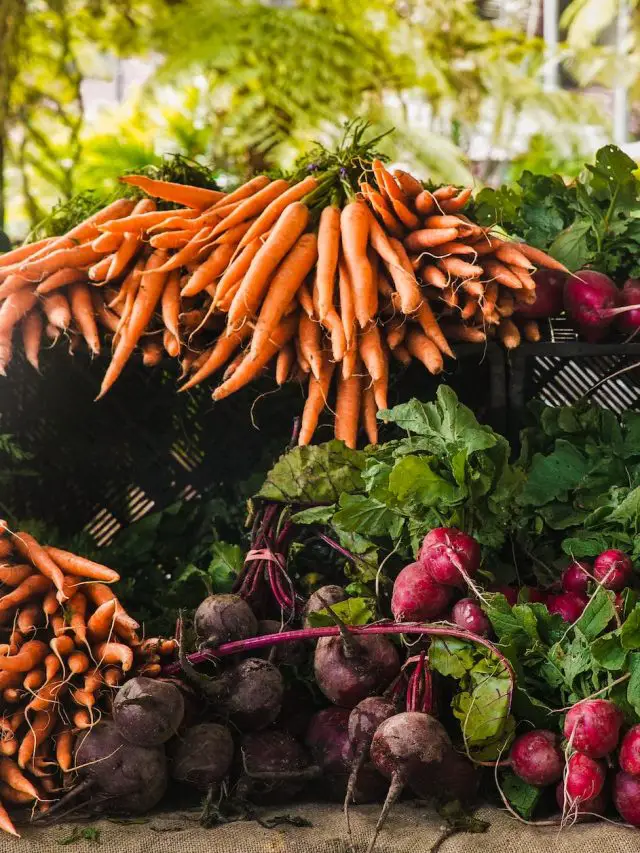
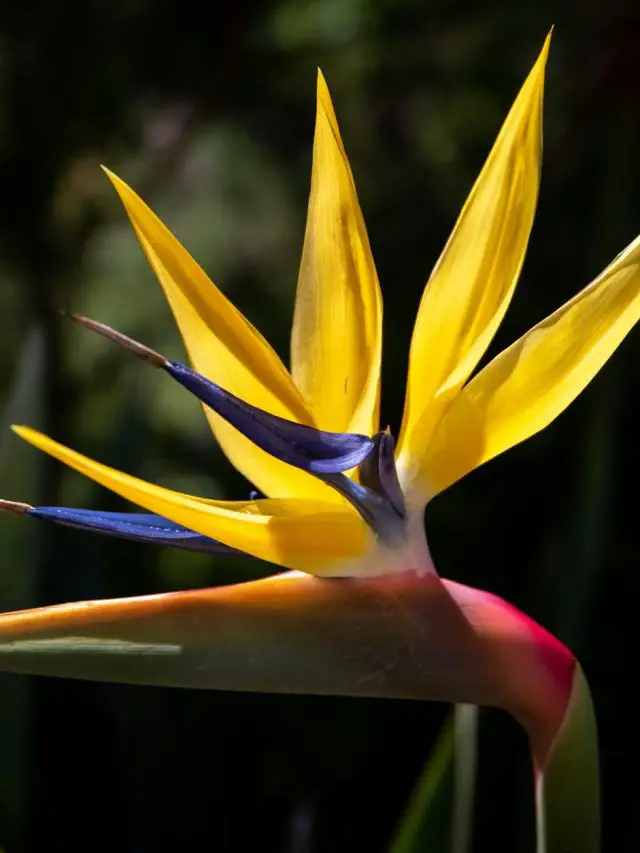
[…] Best Potting Soil for Peppers in Pots […]
[…] The Best Potting Soil For Growing Peppers in Pots […]